22 Vitamin D Foods for Strong & Healthy Bones in 2024
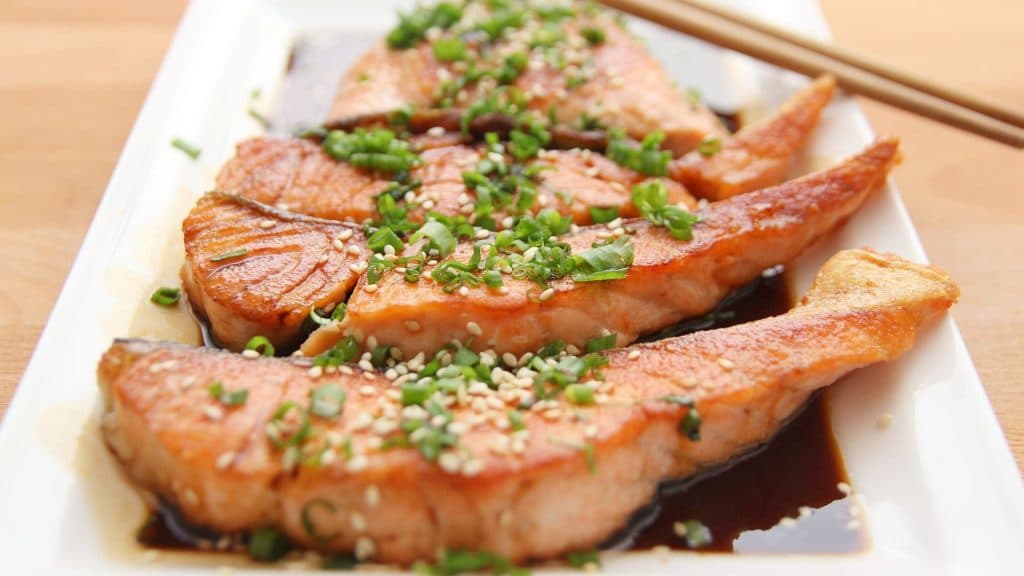
Vitamin D is crucial for our health as it has many essential roles in our organism. Among other things, it is vital for maintaining our bones healthy and strong. Interestingly, our body can produce it when we expose our skin to sunlight. However, we also need to consume vitamin D foods to prevent a deficiency in this nutrient.
Here, we will provide you with some of the richest sources of this vitamin. Don’t forget that your diet needs to be varied as our body depends on numerous nutrients.
What Is Vitamin D?
Vitamin D is a fat-soluble vitamin produced by our body when our skin is exposed to ultraviolet rays from sunlight. It is also present in some foods, which should be a part of your diet to maintain adequate vitamin D levels in your body.
Some of the benefits of this vitamin include being responsible for maintaining adequate concentrations of calcium and phosphate, which are the key to the health of our bones. It also enables our immune system to function normally.
Vitamin D Benefits
Since vitamin D improves calcium absorption and regulates calcium and phosphate concentrations in our body, it is vital for our bones’ normal growth and health.
Namely, it can prevent osteomalacia and rickets — conditions that cause softening of the bones in adults and children, respectively. Moreover, vitamin D lowers the risk of developing osteoporosis, characterized by fragile bones prone to fractures.
Several studies have investigated the benefits of vitamin D in preventing some severe medical conditions, including hypertension and glucose intolerance. In addition, according to a paper published in 2006, this vitamin may reduce the risk of multiple sclerosis. Another study showed that vitamin D could prevent type 1 diabetes. However, all these findings need to be supported by further research.
Vitamin D Foods
There aren’t many foods naturally high in vitamin D. That said, some of the best sources of vitamin D are fish liver oils and fatty fish, such as salmon and tuna fish. That’s why some food products are fortified with vitamin D. For example, milk, orange juice, and breakfast cereals are often enriched with this vitamin. Considering all the health benefits of this nutrient, it’s of great importance to include it in our diet. So let’s see what foods are high in vitamin D.
Cod Liver Oil
Just one tablespoon of this oil contains 340% of the vitamin D’s DV. So, we can see that cod liver oil is one of the good sources of vitamin D. In addition, it is a fantastic source of vitamin A. Moreover, it promotes healthy fetal brain function, lowers inflammation, maintains bone density, and supports a healthy immune system.
Swordfish
Many types of fish, such as swordfish, belong to vitamin D–rich foods. For instance, three ounces of cooked swordfish provide you with 166% of the vitamin’s DV. This sort of fish is also high in vitamin B6, niacin, and vitamin B12. Moreover, it’s an excellent source of selenium, phosphorus, and potassium.
Sockeye Salmon
Another valuable addition to vitamin D sources is sockeye salmon. For example, three ounces of this fish cover 131% of the vitamin’s DV. This fatty fish is also a great source of thiamin, vitamin B12, and niacin. In addition to being rich in omega-3 fatty acids, sockeye salmon is packed with numerous minerals, including selenium and phosphorus.
Tuna Fish
Tuna fish is also one of the foods high in vitamin D. As a matter of fact, 3.5 ounces of canned tuna gets you 34% of the vitamin’s DV. Furthermore, this type of fish is rich in niacin, vitamin B12, and vitamin B6. As for minerals, it contains selenium, phosphorus, and potassium.
Sardines
Sardines are packed with various vitamins and minerals, so it’s a good idea to include them in your eating plan. They also represent foods containing vitamin D, as 3.8 ounces of canned sardine serve 22% of the vitamin’s DV. They are also an excellent source of riboflavin, vitamin B12, and niacin. What’s more, they can provide you with a significant amount of selenium, phosphorus, and calcium.
Mackerel
If you eat three ounces of this fish, you will cover 251% of vitamin D’s DV. Besides being one of the foods rich in vitamin D, this type of fish is high in vitamin B12, niacin, vitamin A, and vitamin B6. It’s also a great source of magnesium, protein, selenium, and phosphorus.
Rainbow Trout
Rainbow trout is another example of vitamin D food. Notably, one fillet of this fish serves 125% of the vitamin’s DV. In addition, this fish supplies us with vitamin B12, niacin, and thiamin. When it comes to minerals, trout is a good source of manganese and phosphorus.
Atlantic Herring
Atlantic herring is one of the great sources of vitamin D since a single fillet of this fish serves 76% of the vitamin’s DV. Furthermore, it is a rich source of riboflavin, niacin, vitamin B6, and vitamin B12. Also, it improves heart health and supports fetal brain development.
Atlantic Cod
Atlantic cod is another fish loaded with vitamins and minerals, as well as a food high in vitamin D. Notably, in one fillet of Atlantic cod, you will get 20% of the vitamin’s DV. Moreover, it will provide you with thiamin, niacin, vitamin B6, and vitamin B12. Atlantic cod is also rich in selenium, phosphorus, and potassium.
Haddock
Haddock has a mild taste, so even people who don’t prefer fish can easily add it to their diet. For instance, one fillet of cooked haddock contains 6% of the vitamin D’s DV. Besides belonging to foods with vitamin D, this type of fish is high in niacin, iodine, vitamin B12, selenium, and phosphorus.
Sturgeon
Sturgeon offers many health benefits as it’s a rich source of omega-3 fatty acids, vitamins, and minerals. What’s more, three ounces of cooked sturgeon can cover up to 55% of vitamin D’s DV. In addition to being one of the foods that have vitamin D, this fish is high in niacin, vitamin B12, and phosphorus.
Beef Liver
Reaping the benefits of vitamin D is possible when consuming some types of meat, too. For example, a 2.5-ounce serving of cooked beef liver covers around 6% of the vitamin’s DV. Moreover, beef liver is a fantastic source of other B vitamins, including riboflavin and vitamin B12.
Pork Chops
Pork chops made it to the list of vitamin D foods, too. An 8-ounce pork chop will provide you with 15% of the vitamin’s DV. In addition, it is rich in zinc, iron, vitamin B6, vitamin B12, niacin, phosphorus, and selenium.
Chicken Breast
Chicken breast is yet another food with vitamin D. As a matter of fact, three ounces of roasted chicken breast covers 1% of the vitamin’s DV. Moreover, it is a fantastic source of lean protein, zinc, and B vitamins.
White Mushrooms
Half a cup of raw, sliced white mushrooms exposed to UV light covers 46% of vitamin D’s DV. Constituting 90% of all mushrooms consumed in the US, white mushrooms boast quite a range of health benefits. Besides the benefits of vitamin D3, these fungi help lower cholesterol, promote heart health, and improve gut health.
Eggs
One large scrambled egg serves 6% of the vitamin’s DV, with vitamin D in the yolk. Therefore, some vegetarians, specifically ovo-vegetarians (those who eat eggs but no dairy) and lacto-ovo-vegetarians (those who eat both eggs and dairy), might turn to eggs to meet their dietary needs. Moreover, this invaluable addition to vitamin D foods for vegetarians is an excellent source of other vitamins and minerals.
Milk
To reap vitamin D3 benefits, you could include fortified milk in your diet. In fact, one cup of fortified 2% fat, vitamin D fortified milk can cover around 13%–18% of this vitamin’s DV. Milk is also a great source of riboflavin, vitamin B12, calcium, and phosphorus. In addition, in the US, milk is typically fortified with vitamins A and D.
Yogurt
Yogurt is also usually enriched with vitamin D, making it an excellent addition to the vitamin D foods list. In fact, a 6-ounce container of fortified yogurt will provide you with around 13% of the vitamin’s DV. All in all, yogurt is highly nutritious as it contains various B vitamins, calcium, phosphorus, and other minerals.
Margarine
Margarine has a similar taste to butter, but it’s made from vegetable oils, landing it a spot among vitamin D foods vegans can eat. Namely, one tablespoon of fortified margarine can cover 10% of the vitamin’s DV. Then again, be cautious when buying fortified margarine, as some products contain partially hydrogenated oils that should be avoided.
Cheddar Cheese
Even though there aren’t enough vegetables or fruits with vitamin D, some vegetarians can still source this vitamin from food. For instance, three ounces of cheddar cheese cover 6% of vitamin D’s DV. What’s more, cheese is an excellent source of vitamin A and riboflavin. It is also rich in zinc, calcium, phosphorus, and selenium.
Cereals
There are grains with vitamin D, too. For example, half a cup of certain fortified cereals may cover up to 17% of this vitamin’s DV. That said, the amount of vitamin D they provide varies by brand, so you need to read the product’s label carefully.
Orange Juice
Orange juice can be fortified with vitamin D, which is the closest one can get to vitamin D-rich fruits. Namely, a cup of fortified orange juice may cover up to 12% of the vitamin’s DV. In other words, it’s worth investing in if you are on the lookout for vitamin D fruits. Besides, this antioxidant-rich beverage is packed with vitamin C, folate, and potassium.
Recommended Daily Intake of Vitamin D
The recommended daily values for all the nutrients are provided in the Dietary Reference Intakes, developed by the Food and Nutrition Board (FNB). The Recommended Dietary Allowances (RDAs) for vitamin D are based on the daily requirements (vitamin D daily dose) of healthy people.
Since people produce different amounts of this vitamin under sunlight, these values were established for minimal sun exposure. So if you’ve been looking for the answer to the question “How much vitamin D should I take?” you should know that this depends on your age and sex.
The RDAs for this vitamin are presented below:
- from birth to 12 months — 10 mcg (400 IU)
- from 1 to 70 years — 15 mcg (600 IU)
- 70+ years — 20 mcg (800 IU)
The RDAs for vitamin D are given in International Units (IU) and micrograms (mcg), where 1 mcg is equal to 40 IU.
Vitamin D Deficiency
A deficiency in vitamin D is usually due to an insufficient intake of foods with this nutrient. The lack of sunlight exposure can cause deficiency too. What’s more, people who are allergic to milk, have lactose intolerance, or follow a vegan diet are more likely to develop vitamin D deficiency symptoms.
Some medical conditions come into play, too. Namely, when the kidneys cannot transform vitamin D from food or sunlight into its active form or absorption of this vitamin is impaired.
Low vitamin D levels may also cause rickets and osteomalacia — conditions that cause the softening of the bones in children and adults, respectively. However, thanks to adding vitamin D to milk and using vitamin supplements, this disease has become rare.
All in all, some of the symptoms of vitamin D deficiency that adults can experience include bone pain and muscle weakness.
Who Should Take a Vitamin D Supplement?
Supplements are recommended to those who can’t obtain enough vitamin D from food or sunlight exposure. Since human milk doesn’t provide a sufficient amount of this vitamin, breastfed infants need to receive vitamin D supplements.
Furthermore, the elderly tend to have lower vitamin levels as their skin loses the ability to produce vitamin D efficiently. In addition, they usually spend less time outdoors. Other people who also spend most of their time indoors or wear clothes that cover most of their skin are at higher risk of developing a deficiency in vitamin D.
People with dark skin should eat more foods with this nutrient or take vitamin D tablets as their skin has a reduced ability to synthesize vitamin D. Another group at risk of becoming deficient in vitamin D includes obese people or those who have undergone gastric bypass surgery.
Note that some medical conditions, such as celiac disease and Crohn’s disease, decrease the absorption of dietary fat. Consequently, people with these conditions may have lower concentrations of vitamin D, which is fat-soluble.
Vitamin D Side Effects
Vitamin D overdose can have some adverse effects. The symptoms of vitamin D toxicity include:
- weight loss
- anorexia
- heart arrhythmias
An excessive vitamin D dose may also damage the heart, blood vessels, and kidneys as it can increase calcium levels in the blood. That’s why the FNB established Tolerable Upper Intake Levels for this nutrient.
While high doses of supplements can lead to toxicity, it is unlikely that consuming too much food with this vitamin will cause adverse effects. Note that vitamin D toxicity is not caused by excessive sun exposure.
Conclusion
Vitamin D is of great importance to our health. For one, it is responsible for maintaining our bones and teeth strong and healthy. In addition, it contributes to the normal functioning of our immune system. Since there aren’t many vegan-friendly foods that contain vitamin D, certain food products are fortified with vitamin D.
Fortunately, our body can synthesize this vitamin when our skin is exposed to sunlight. However, many people need to take supplements as their diet doesn’t provide them with a sufficient amount of vitamin D, or their exposure to sunlight is limited. On the other hand, too much vitamin D can also be harmful to our health. Therefore, never take dietary supplements without consulting with your doctor.
FAQs
What is vitamin D good for?
Vitamin D is essential for many processes in our body, and therefore it has numerous health benefits. Since it contributes to the regulation of calcium and phosphate levels, it is crucial for the growth and health of our bones. Vitamin D may prevent rickets, osteomalacia, and osteoporosis.
Other vitamin D benefits include it being responsible for the normal functioning of our immune system. This vitamin has also been related to preventing severe medical conditions, such as hypertension, multiple sclerosis, and glucose intolerance. Still, more research should be done to examine the role of vitamin D in preventing these conditions.
How can I increase my vitamin D level?
Vitamin D is not found in as many different foods as some other vitamins. In fact, there aren’t any vitamin D fruits and vegetables. Fortunately, our body can produce this vitamin when we expose our skin to sunlight. This way, we can obtain a significant amount of vitamin D and have normal vitamin D levels.
The richest sources of this critical nutrient are various types of fish and fish oil. It is also added to some food products, such as cereals and dairy products. If your diet doesn’t provide you with a sufficient amount of vitamin D, you should consult with your physician and determine what’s the best vitamin D supplement for you. However, be careful as taking high doses of vitamin D can have adverse effects on your health.
What happens if vitamin D is low?
Low levels of vitamin D cause rickets in children. This medical condition affects bone development and can even lead to skeletal deformities.
Adults deficient in this vitamin may experience bone pain and muscle weakness as typical symptoms of vitamin D insufficiency. They are also at risk of developing osteomalacia, which is characterized by soft and weak bones.
How do you treat low vitamin D levels?
It is recommended to include more vitamin-rich foods in your eating plan. However, there aren’t many vegan-friendly sources with a high vitamin content, like vitamin D vegetables and fruits. So diet alone is usually not enough for the treatment of low levels of this vitamin.
Following that, you might want to look into the possibility of supplementation. Always make sure you follow the recommendations on vitamin D dosage for adults or any other age group you or the patient in question belong to.
What is a good source of vitamin D?
The best sources of this vitamin are fish liver oils and various types of fish. Fatty fish are vitamin D food, particularly tuna and salmon. Other types of food contain little or no vitamin D, so some food products, such as milk, cereals, and orange juice, are usually enriched with this vitamin.
What food should I eat for vitamin D deficiency?
Believe it or not, around 40% of the US population is deficient in vitamin D. So if you experience vitamin D deficiency, you may want to extend your food list with foods rich in this vitamin. Some of them are mushrooms, salmon, herring, sardines, canned tuna, cod liver oil, egg yolks, and fortified foods.
Which foods contain vitamin D for vegetarians?
Vegetarians don’t have many vitamin D foods to choose from. However, they can get it from fortified foods, making them vegan foods high in vitamin D. Moreover, cheese, certain mushrooms, and egg yolks are also good options for some vegetarian people.
Which fruit contains vitamin D?
Unfortunately, there isn’t any fruit rich in vitamin D. Generally speaking, there are no vegetables and fruits among vitamin D foods. Therefore, the only fruit product you can consume to increase the concentration of this powerful nutrient is fortified orange juice.


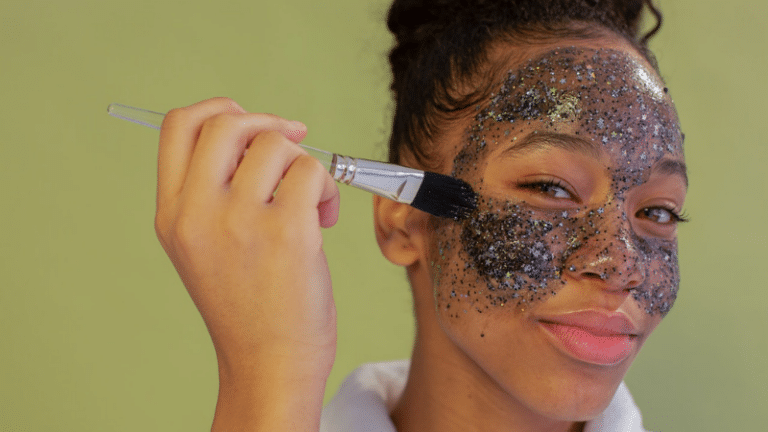
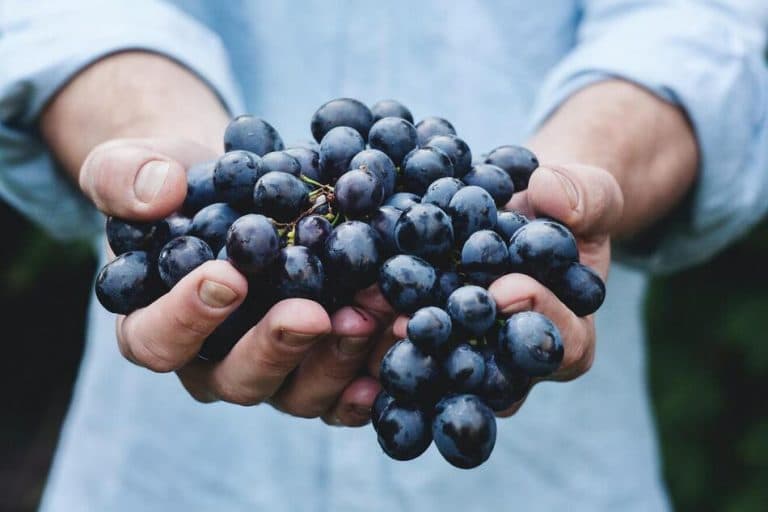
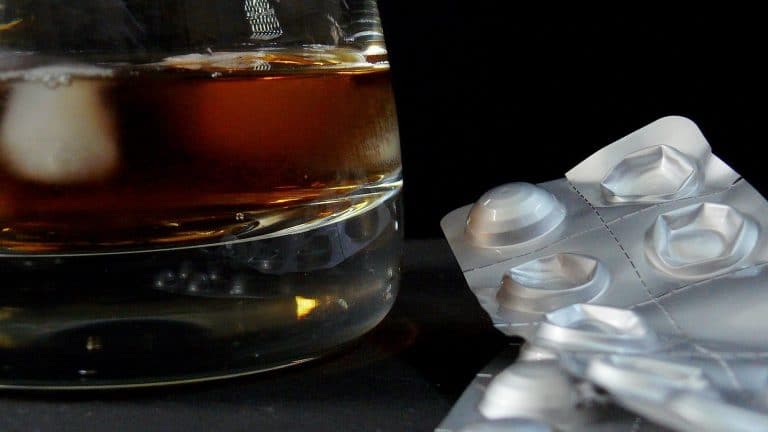

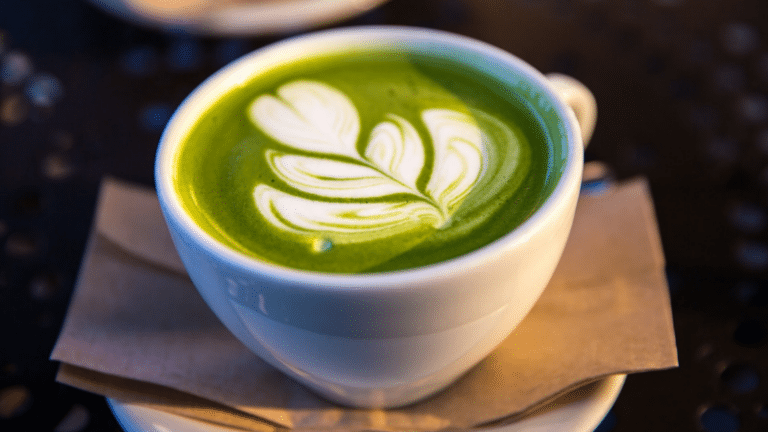
After finding out I am deficient in vitamin D I did a search to see how to naturally increase my level. I have looked through several different search results hoping to prevent the need of supplement and this article is the most informative and easy to read and understand that I have found. Many of the others held to many technical and medical terms and abbreviations for the average person to completely understand without the use of a dictionary or medical guide.
The information published in this article can be read and understood by anyone who has a third grade reading level.
It also explains the problems caused by a deficiency or surplus of vitamin D that gives a person an idea of what symptoms they have that could be a result of that.
Very good information abd presentation of it.
Thank you!
Hi Kristi!
Thanks for this comment. We always do our best to explain even the most complicated medical issues in the simplest way to raise awareness. We’re happy our guide helped you understand your vitamin D deficiency better. We also did in-depth research on the highest-quality vitamin D supplements, which you can find on the following. Since you’re looking for something completely natural, maybe you’ll be interested in trying MegaFood’s Vitamin D-3 2000 IU supplement, which is organic, gluten, dairy, and soy-free.